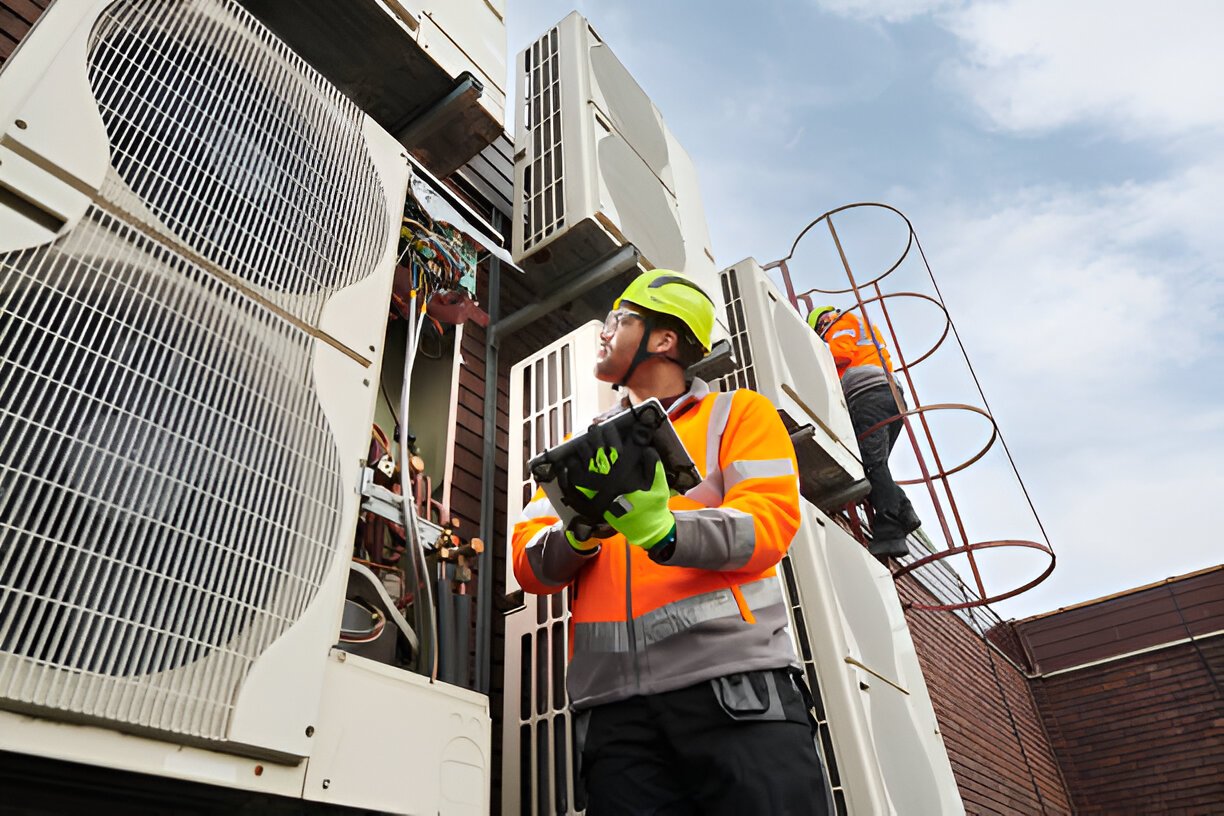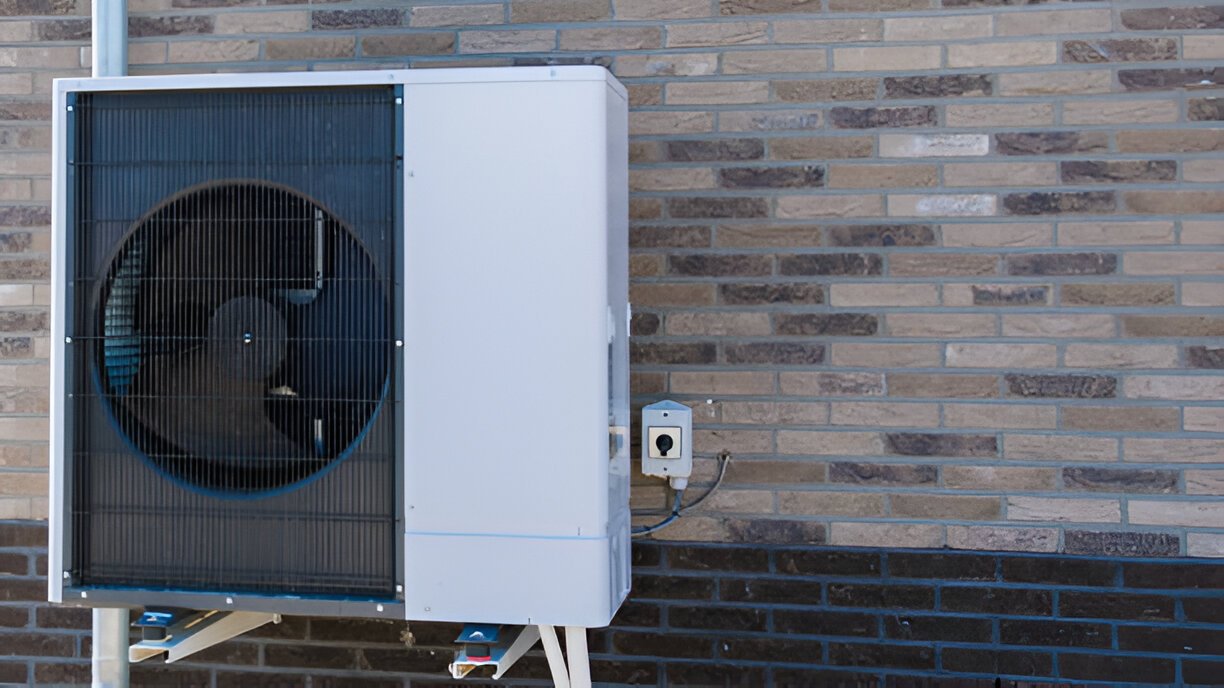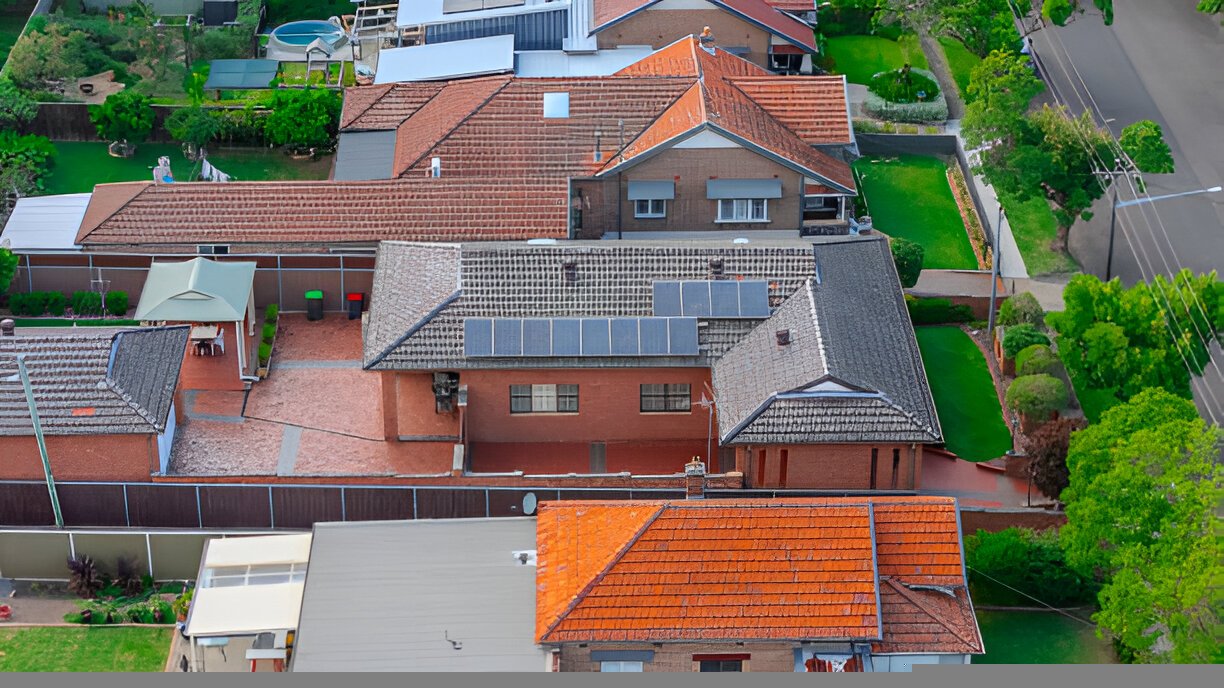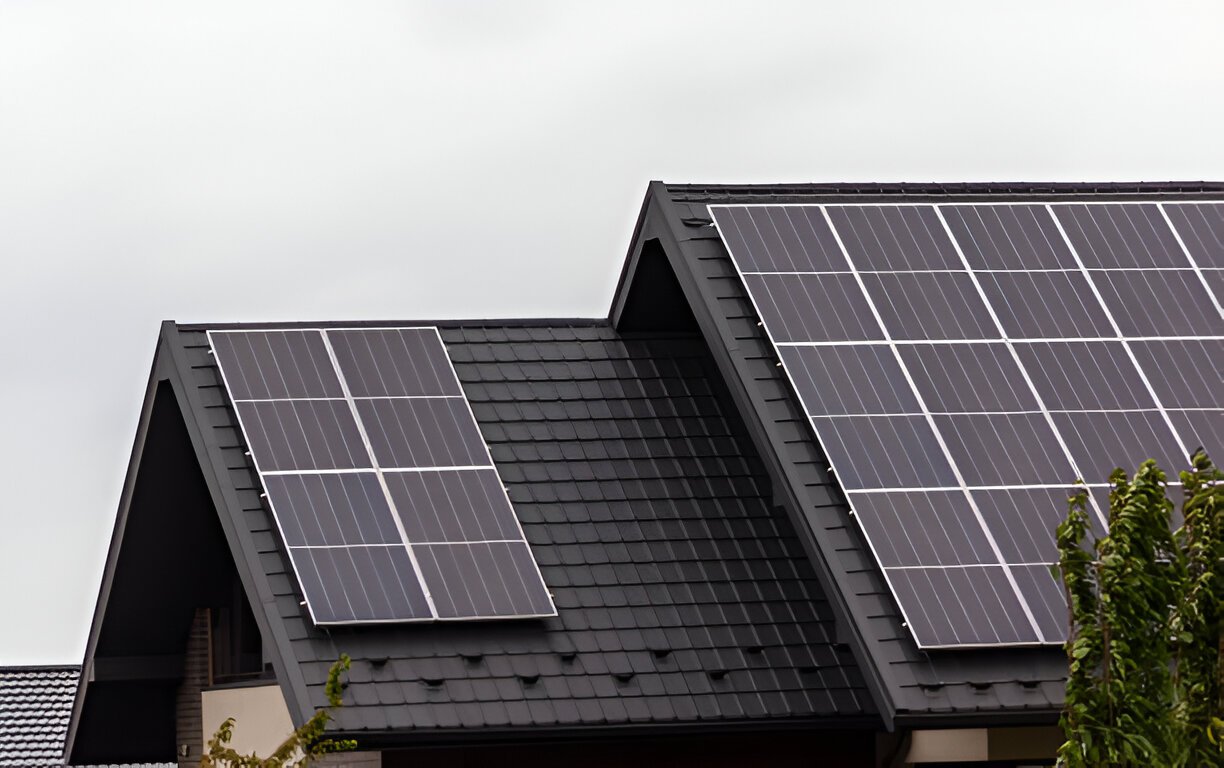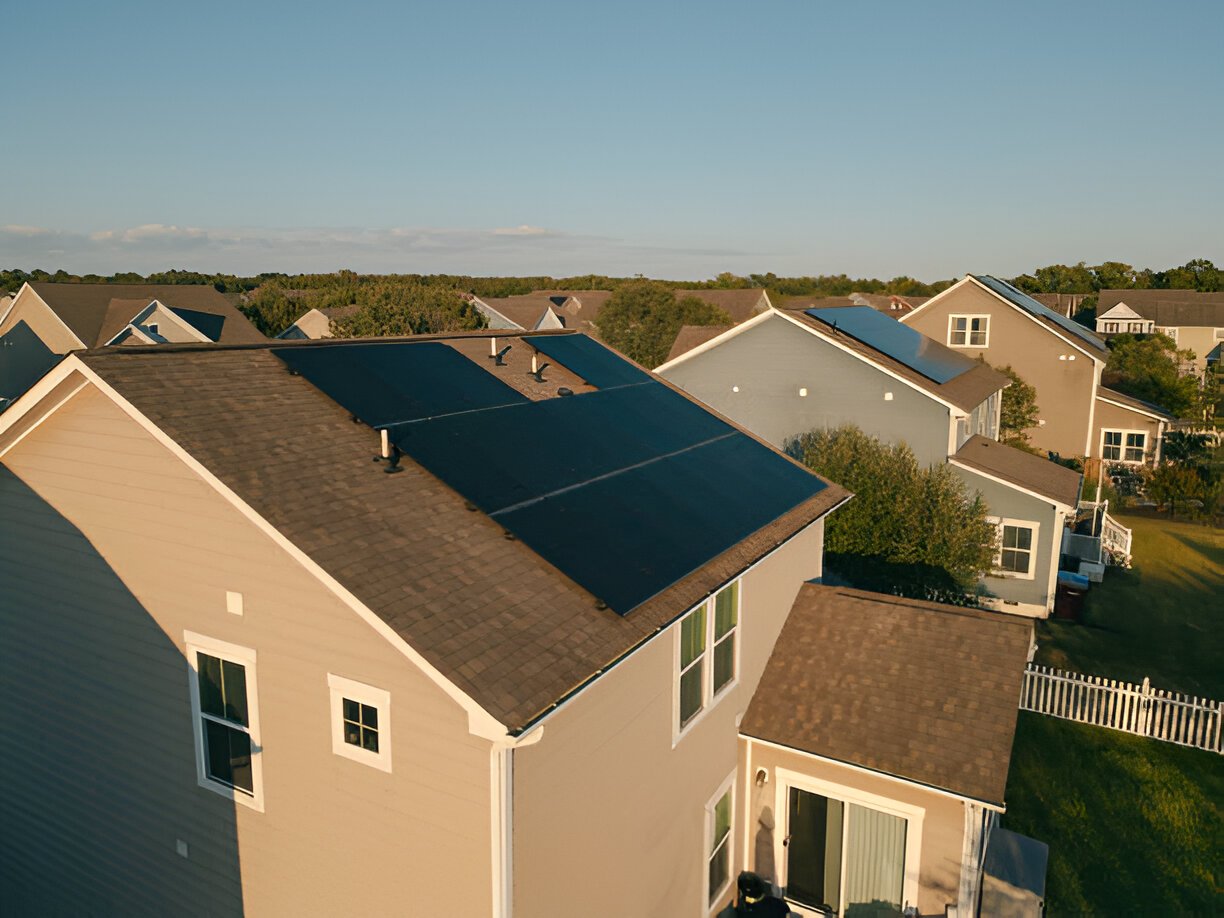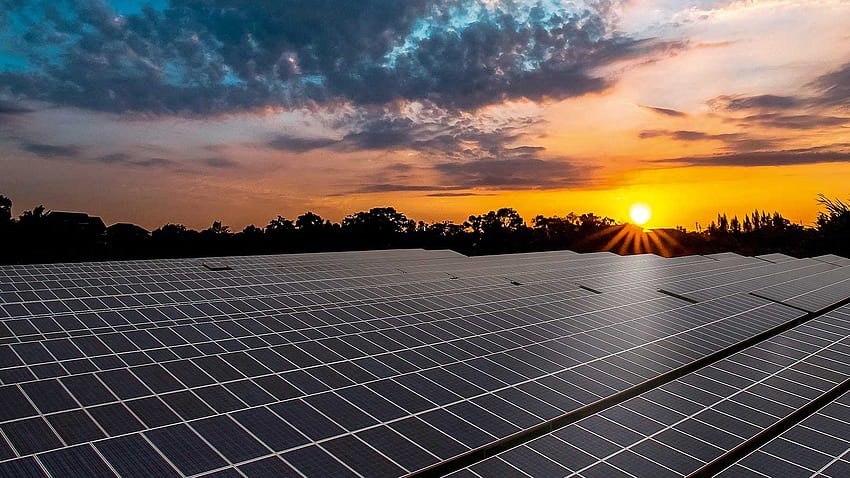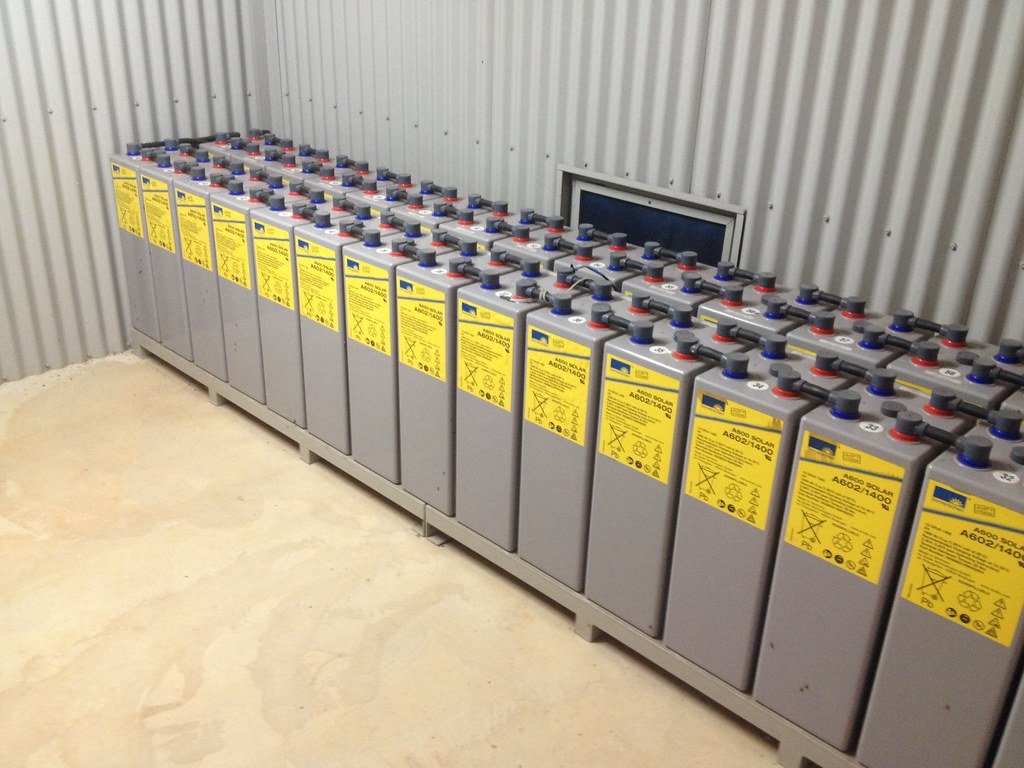Solar energy has gained considerable traction in the past decade. Therefore, solar manufacturing companies worldwide are investing in scaling production. Because of this, the cost of solar panels has dropped considerably. However, the most considerable cost when investing in a solar system is the battery.
So, how does solar battery storage function? In this article, we address all questions related to solar batteries. Many people don’t invest in solar batteries because these batteries form a major chunk of the cost of the system. However, after reading this article, you can make an informed decision regarding solar batteries for your solar system.
What is Solar Battery Storage?
When installing solar systems, one important consideration is the usage of the system. Based on this usage, the customers can opt for systems of capacity of 1kW or more. However, it is not necessary that all the electricity that the solar system generates is used.
The excess electricity produced can be utilized in two ways. It can be sold back to the grid or can be stored in a solar battery. his stored energy can be accessed during periods of high energy demand, such as peak hours or nighttime, ensuring a continuous supply of electricity. Using the electricity generated during the day by the photovoltaic cells (PV) also reduces the need for getting electricity from the grid, thereby further lowering electricity expenses.
Many people do not opt for energy storage. Instead, they give the excess electricity to the grid. When solar is not working at night or when there’s thick cloud cover, they can use electricity from the grid.
Battery storage systems also come in handy when you are using high-wattage appliances during the daytime. The solar power being generated by the system, coupled with the energy storage can power these appliances; no support from the grid is required in this case.
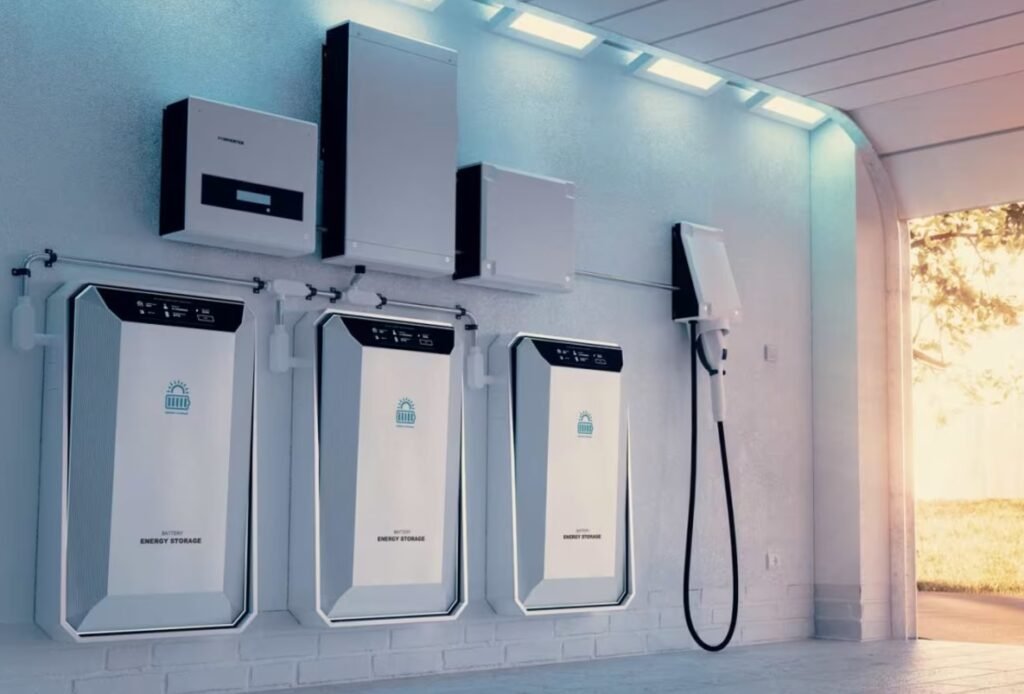
How Does Solar Battery Storage Work?
The energy storage is connected to the inverter. The inverter ensures that the battery is fully charged when the solar system begins generating electricity while fulfilling the electricity requirement of the commercial or residential space.
Here is how a battery works in a step-by-step process:
Step 1: Solar panels generate electricity by converting sunlight or energy from photons into direct current (DC) electricity.
Step 2: An inverter converts the DC power from the solar panels into alternating current (AC) power. The AC supply is compatible with household appliances and is also used to recharge the battery.
Step 3: Any excess AC power generated by the solar panels is stored in batteries.
Step 4: During periods of high energy demand or low solar generation, the stored energy is released from the batteries to power your home or business.
Solar batteries are deep-cycle batteries. Although these batteries are similar to car batteries, which are also deep-cycle, the properties are different. The number of solar batteries you invest in depends on your electricity needs and budget.
Types of Solar Batteries
Four types of batteries are used in the solar system. Each of these have their own advantages and are chosen depending on the application.
Here is a brief description of these four types of solar batteries:
- Lead-Acid Batteries: Lead-acid batteries are a cost-effective option for those who have a low budget. However, the lifespan of these batteries is only 5-10 years after which they need to be replaced. They also require regular maintenance and need to be stored in a well-ventilated space.
- Lithium-Ion Batteries: Since its release by Tesla in 2015, lithium-ion batteries have become a popular choice for solar storage. These batteries offer high energy density, long lifespan, and fast charging capabilities. The lifespan is typically 8-10 years, but also depends on the usage.
- Nickel-cadmium Batteries: These batteries also have high energy density. However since they use toxic cadmium, they are not suitable for residential use. Large-scale commercial and industrial projects typically use these batteries since they deliver high performance and are low maintenance. These batteries can achieve 8,000 cycles at a 15% depth of discharge.
- Flow Batteries: These batteries are relatively new technology. However, they are large-sized and more pricier than other batteries which is why they are not used commonly. However, they offer 100% depth of discharge and last 30+ years in most cases.
Benefits of Solar Battery Storage
The battery makes up the biggest chunk of the price of a solar system. The reason is that mass production has allowed the prices of solar panels to decline. However, battery production is still expensive since it uses metal and costly electrolytes for production.
But even with this costly option, people do select solar batteries for their system. They do this because it offers the following advantages:
- Energy Independence: by using batteries, the dependence on the grid is lowered. Even when using high-wattage appliances, the battery backup and the energy generated from the panels can be used to power up.
- Cost Savings: With a battery, the dependence on the grid is lower, contributing to cost savings in electricity bills.
- Environmental Impact: Batteries allow the use of renewable energy. So, with the use of these batteries, one can play their part in reducing the carbon footprint and contributing to a greener future.
- Increased Property Value: Energy storage systems can increase the value of your property.
How Long Do Solar Batteries Last?
The lifespan of a solar battery depends on the type of battery that you have selected. For instance, the lead-acid battery lasts 5-10 years, but the lithium-ion battery can last between 10 and 15 years.
But maintenance and accurate battery size also contribute to the battery life. If you’ve installed a smaller battery, it will recharge and discharge continually, reducing the battery’s lifespan.
Maintenance of the battery also depends on the type of battery. Some batteries like lead-acid require more maintenance without which their life can quickly shorten.
Solar panels last around 25-30 years. During this time, the battery needs to be replaced 3-4 times. So, solar batteries are an expense needed to keep the system running.
Common Challenges with Solar Battery Storage
Although a battery offers a number of benefits, it does come with its set of challenges. Here are a few challenges that come with a battery storage:
- High Initial Cost: Solar energy storage systems can be expensive to install.
- Battery Degradation: The lifespan is lesser than solar panels. So during the life of the panels, batteries need to be replaced at least 3-4 times.
- Limited Storage Capacity: Even though solar batteries can be useful for storing electricity, the current battery technology is not sufficient for storing large amounts of energy.
When to Use Solar Battery Storage
Many people do not opt for solar energy storage if they do not need to use stored electricity during periods of high demand or nighttime. However, you need to opt for battery storage if:
- You have a Grid-Tied Solar System: Battery is an important investment to maximize self-consumption and reduce reliance on the grid.
- You have an off-grid Solar System: If you have an off-grid solar system, a battery is necessary to ensure a continuous power supply, especially in remote areas.
- Businesses with High Energy Demand: Businesses with high energy demand need to invest in a battery system to reduce peak demand charges and improve energy resilience.
Conclusion
Solar systems need an inverter and solar panels. There is an option for solar batteries in the system, therefore, many people with a low budget do not opt for it. They might add on batteries later to reduce dependence on the grid.
If they do invest in solar batteries, they can store excess solar power for future use, depending less and less on the grid.
If you’re thinking about whether to invest in solar batteries or not, Samso Solar’s experts can guide you in the right direction based on your use and your budget.


